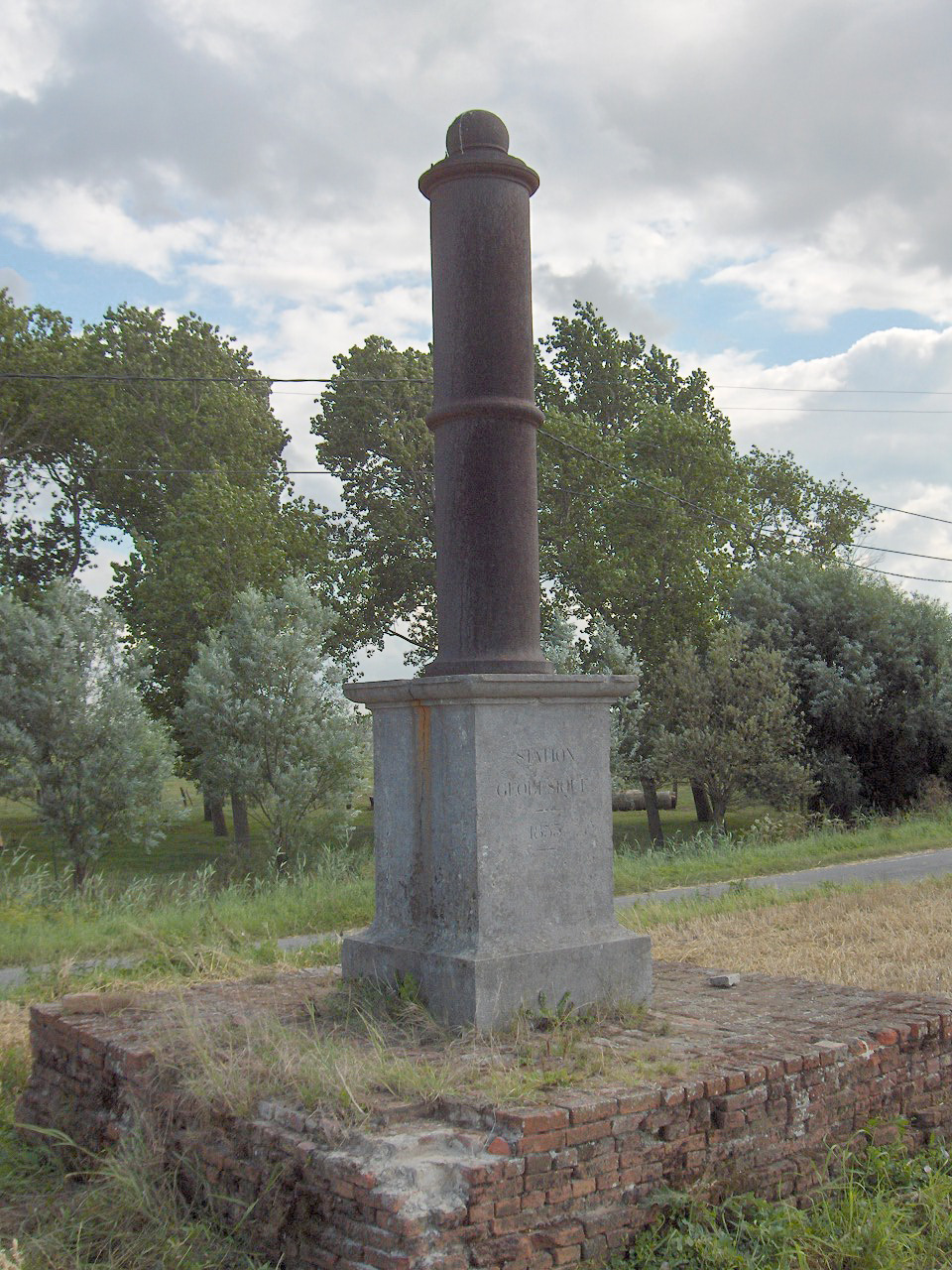|
African Geodetic Reference Frame
The African Geodetic Reference Frame (AFREF) is a project designed to unify the many geodetic reference frames of Africa using data from a network of permanent Global Navigation Satellite Systems (GNSS) stations as the primary data source for the implementation of a uniform reference frame. See also * European Terrestrial Reference System 1989 The European Terrestrial Reference System 1989 (ETRS89) is an ECEF (Earth-Centered, Earth-Fixed) geodetic Cartesian reference frame, in which the Eurasian Plate as a whole is static. The coordinates and maps in Europe based on ETRS89 are not ... References Geodetic datums {{geodesy-stub ... [...More Info...] [...Related Items...] OR: [Wikipedia] [Google] [Baidu] |
Geodesy
Geodesy ( ) is the Earth science of accurately measuring and understanding Earth's figure (geometric shape and size), Earth rotation, orientation in space, and Earth's gravity, gravity. The field also incorporates studies of how these properties change over time and equivalent measurements for other planets (known as ''planetary geodesy''). Geodynamical phenomena, including crust (geology), crustal motion, tides and polar motion, can be studied by designing global and national control networks, applying space geodesy and terrestrial geodetic techniques and relying on Geodetic datum, datums and coordinate systems. The job title is geodesist or geodetic surveyor. History Definition The word geodesy comes from the Ancient Greek word ''geodaisia'' (literally, "division of Earth"). It is primarily concerned with positioning within the time, temporally varying gravitational field. Geodesy in the German language, German-speaking world is divided into "higher geodesy" ( or ), w ... [...More Info...] [...Related Items...] OR: [Wikipedia] [Google] [Baidu] |
Africa
Africa is the world's second-largest and second-most populous continent, after Asia in both cases. At about 30.3 million km2 (11.7 million square miles) including adjacent islands, it covers 6% of Earth's total surface area and 20% of its land area.Sayre, April Pulley (1999), ''Africa'', Twenty-First Century Books. . With billion people as of , it accounts for about of the world's human population. Africa's population is the youngest amongst all the continents; the median age in 2012 was 19.7, when the worldwide median age was 30.4. Despite a wide range of natural resources, Africa is the least wealthy continent per capita and second-least wealthy by total wealth, behind Oceania. Scholars have attributed this to different factors including geography, climate, tribalism, Scramble for Africa, colonialism, the Cold War, neocolonialism, lack of democracy, and corruption. Despite this low concentration of wealth, recent economic expansion and the large and young ... [...More Info...] [...Related Items...] OR: [Wikipedia] [Google] [Baidu] |
GNSS
A satellite navigation or satnav system is a system that uses satellites to provide autonomous geo-spatial positioning. It allows satellite navigation devices to determine their location (longitude, latitude, and altitude/elevation) to high precision (within a few centimetres to metres) using time signals transmitted along a line of sight by radio from satellites. The system can be used for providing position, navigation or for tracking the position of something fitted with a receiver (satellite tracking). The signals also allow the electronic receiver to calculate the current local time to a high precision, which allows time synchronisation. These uses are collectively known as Positioning, Navigation and Timing (PNT). One set of critical vulnerabilities in satellite communications are the signals that govern positioning, navigation and timing (PNT). Failure to properly secure these transmissions could not only disrupt satellite networks but wreak havoc on a host of dependent ... [...More Info...] [...Related Items...] OR: [Wikipedia] [Google] [Baidu] |
European Terrestrial Reference System 1989
The European Terrestrial Reference System 1989 (ETRS89) is an ECEF (Earth-Centered, Earth-Fixed) geodetic Cartesian reference frame, in which the Eurasian Plate as a whole is static. The coordinates and maps in Europe based on ETRS89 are not subject to change due to the continental drift. The development of ETRS89 is related to the global ITRS geodetic datum, in which the representation of the continental drift is balanced in such a way that the total apparent angular momentum of continental plates is about 0. ETRS89 was officially born at the 1990 Florence meeting of EUREF, following its Resolution 1, which recommends that the terrestrial reference system to be adopted by EUREF will be coincident with ITRS at the epoch 1989.0 and fixed to the stable part of the Eurasian Plate. According to the resolution, this system was named European Terrestrial Reference System 89 (ETRS89). Since then ETRS89 and ITRS diverge due to the continental drift at a speed about 2.5 cm pe ... [...More Info...] [...Related Items...] OR: [Wikipedia] [Google] [Baidu] |

